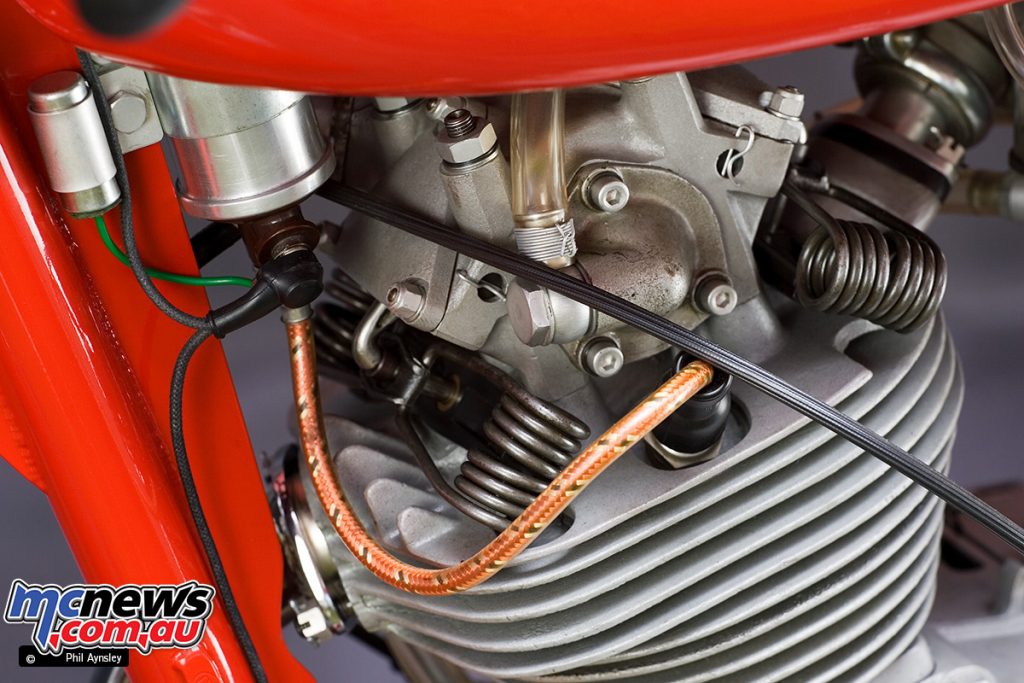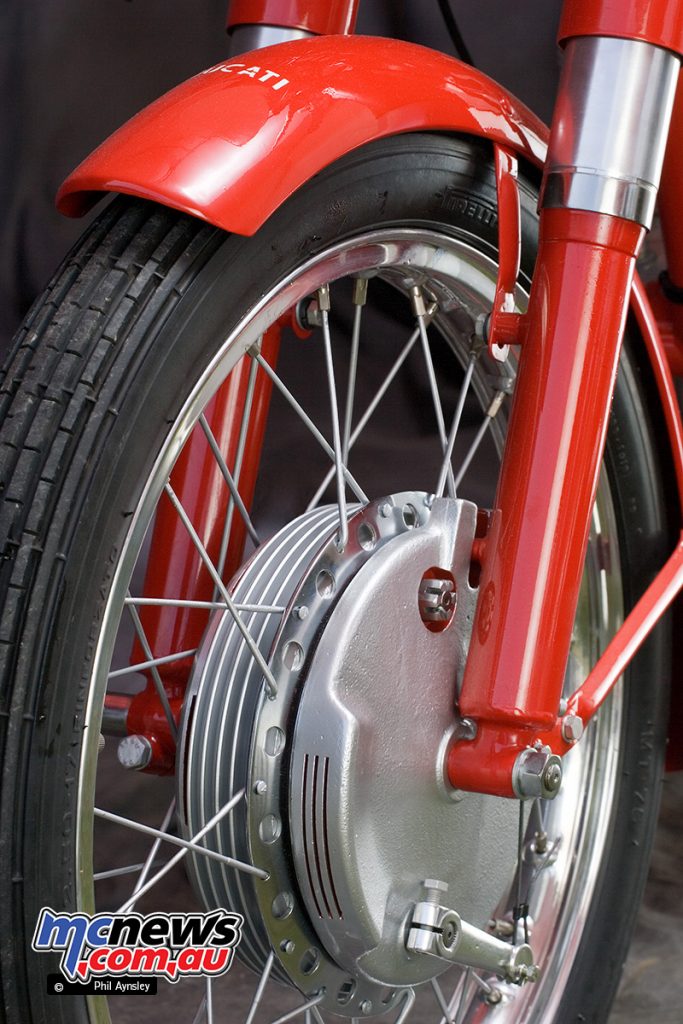Ducati 100 Gran Sport
With Phil Aynsley
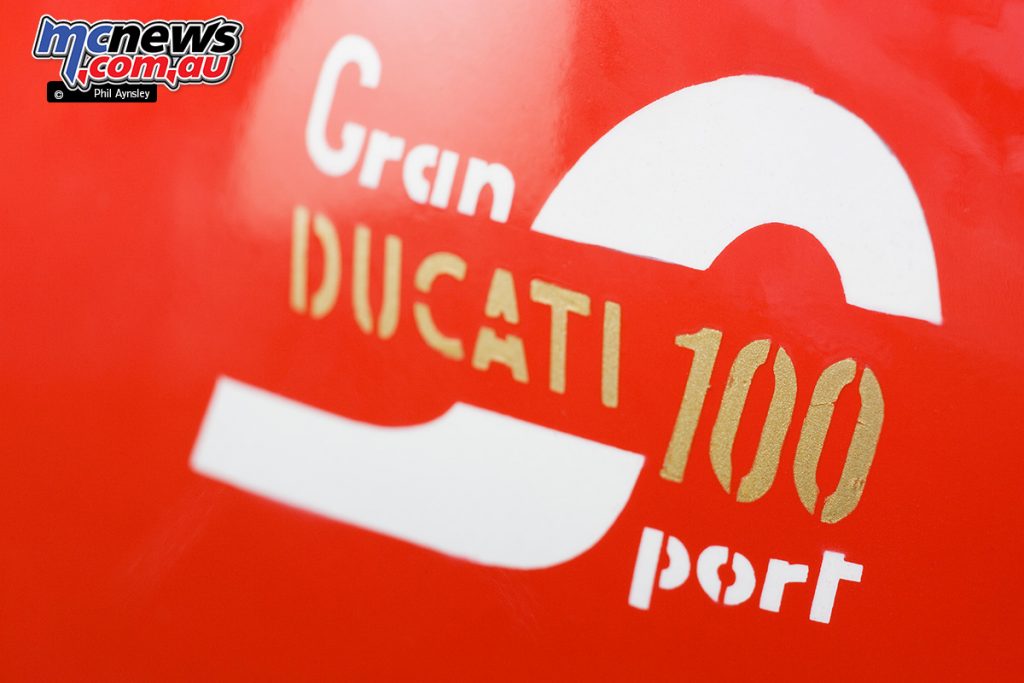
It was the 100 Gran Sport that started Ducati’s reputation as a maker of fine sporting motorcycles.
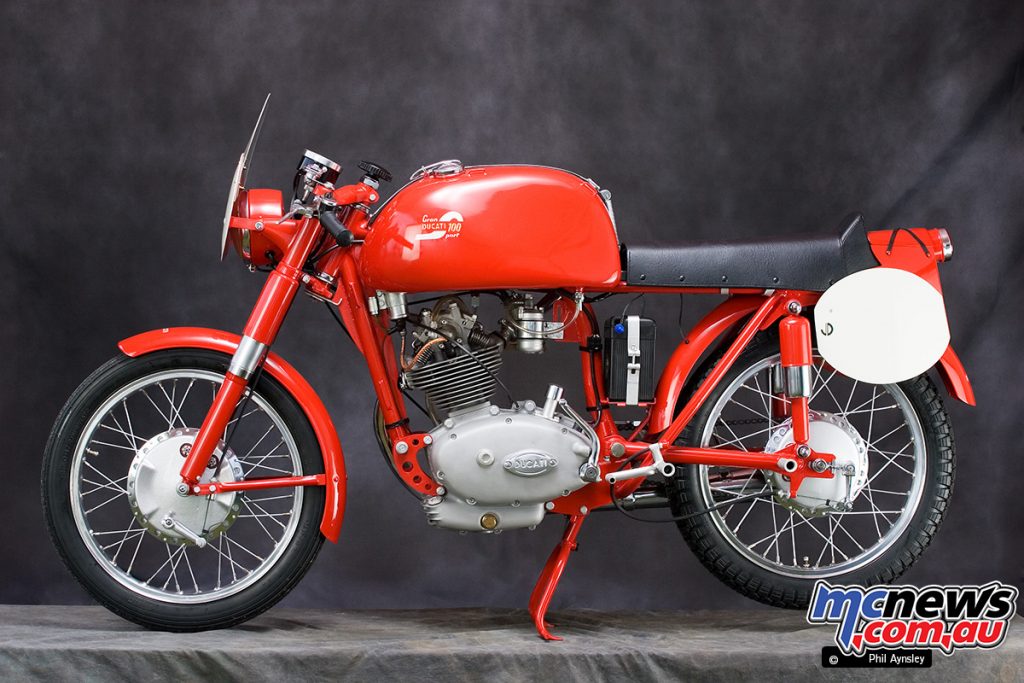
In the early post-war years the company produced the famous 48cc Cucciolo clip-on motor (Link) that was eventually fitted to over 400,000 bicycles and basic motorcycles.
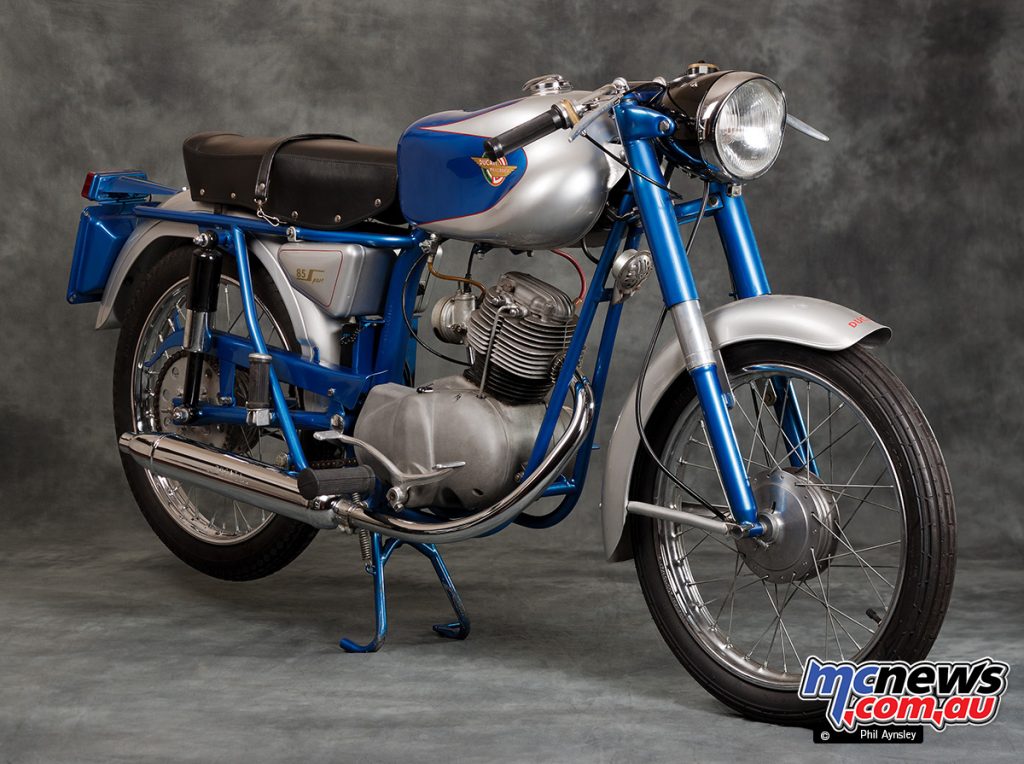
In turn the Cucciolo grew in capacity and refinement over the years powering a wide range of OHV bikes such as Ducati’s first complete motorcycle, the 60 (Link); as well as 85, 98 and 125cc machines.
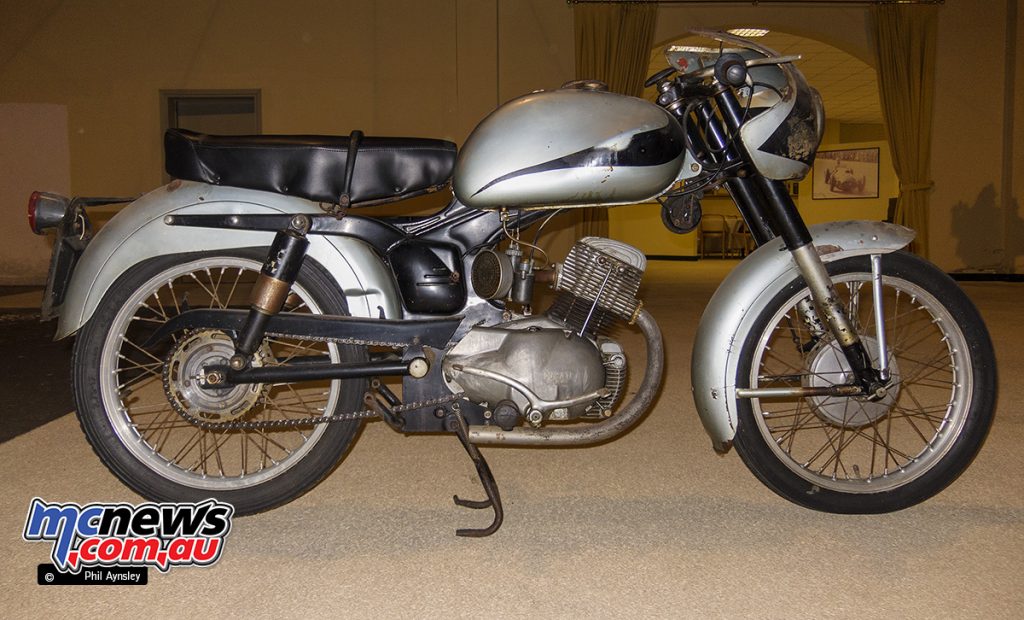
Some of these had sporting pretensions, most notably the 98 Sport but it was not competitive in the main races of the time, the long distance events such as the Giro d’Italia and Milano-Taranto.
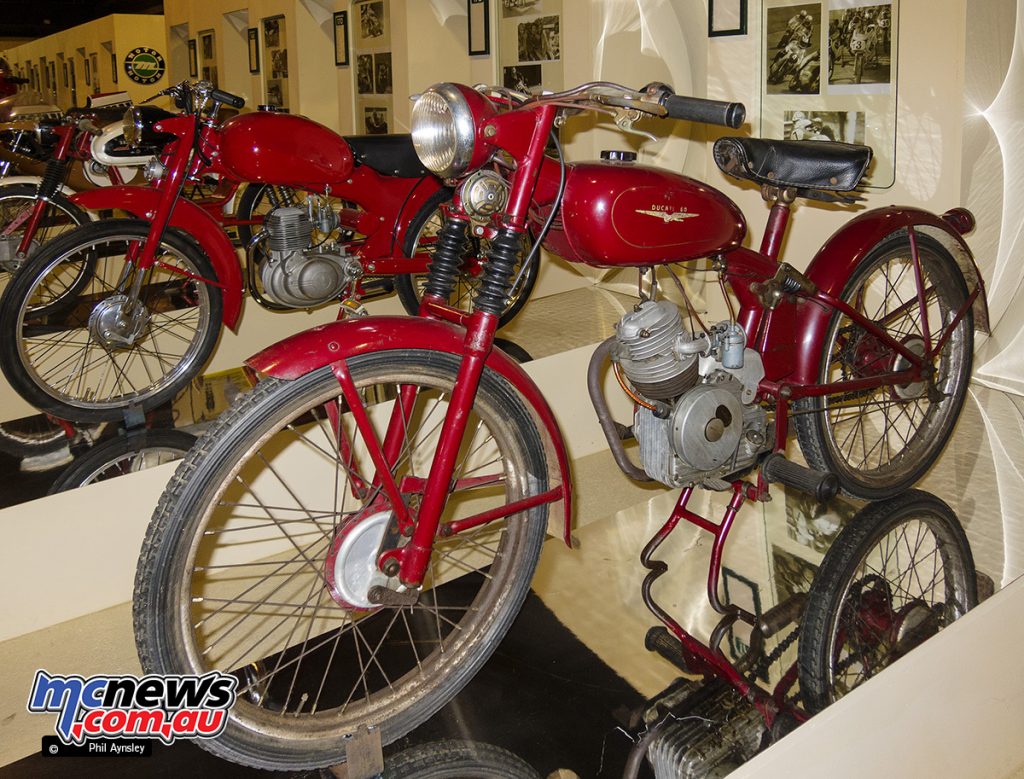
Fabio Taglioni
Realising that racing success held the key to increased sales, new General Manager Dr. Giuseppe Montano made the fateful decision in 1954 to offer a certain Ing. Fabio Taglioni (Link), (who had worked for Ceccato and Mondial) a one year contract – he ended up staying for a bit longer than that (35 years in fact)!
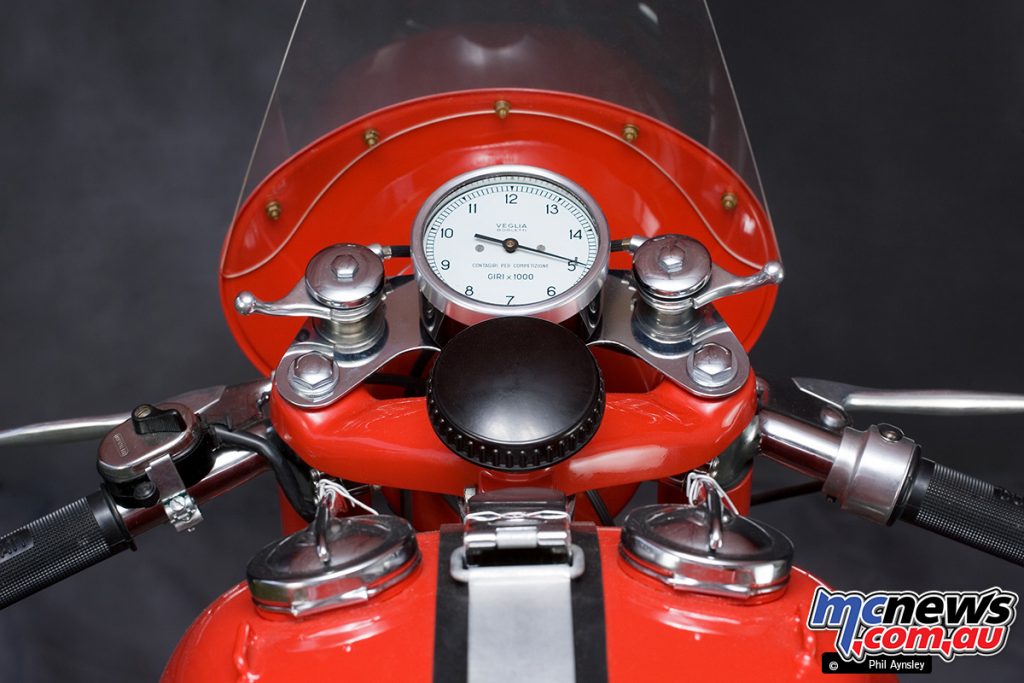
Taglioni’s first design for Ducati was the 100 Gran Sport, which was first shown to the public in March 1955 and fronted up for that year’s Giro only six weeks later.
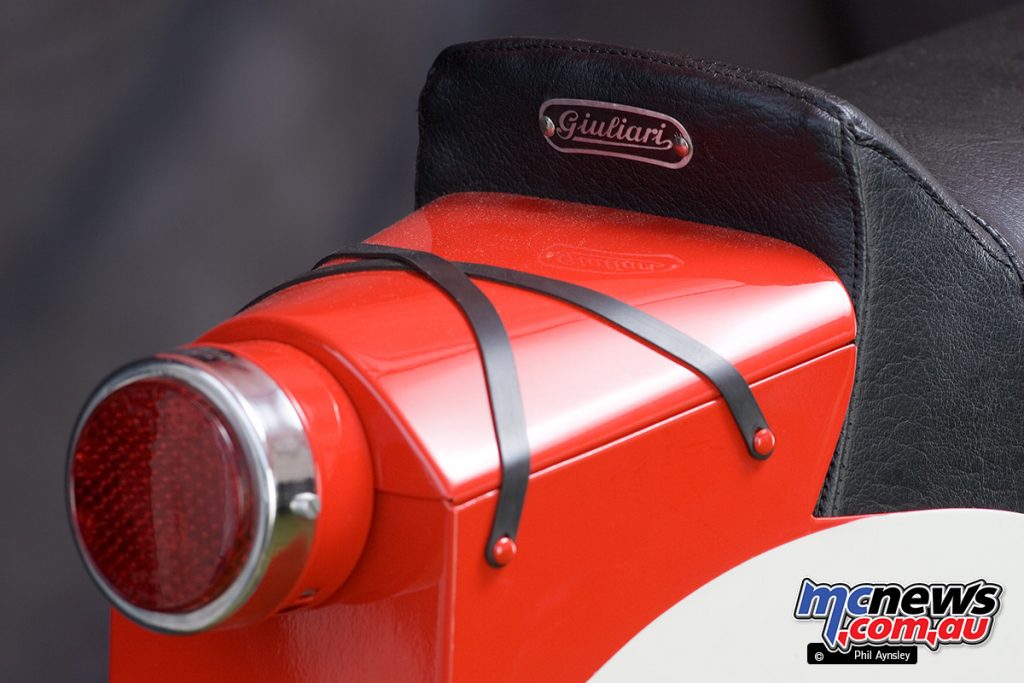
Ducati 100 Gran Sport goes racing
Five Gran Sports (later to be nicknamed the Marianna) were entered along with 32 pushrod 98 Sports (mostly ridden by privateers but which had also benefited from Taglioni’s attention) with factory rider Gianni Antoni not only winning the 100cc class at a record average of 98.9kph but finishing 5th overall (bikes up to 175cc were allowed)!
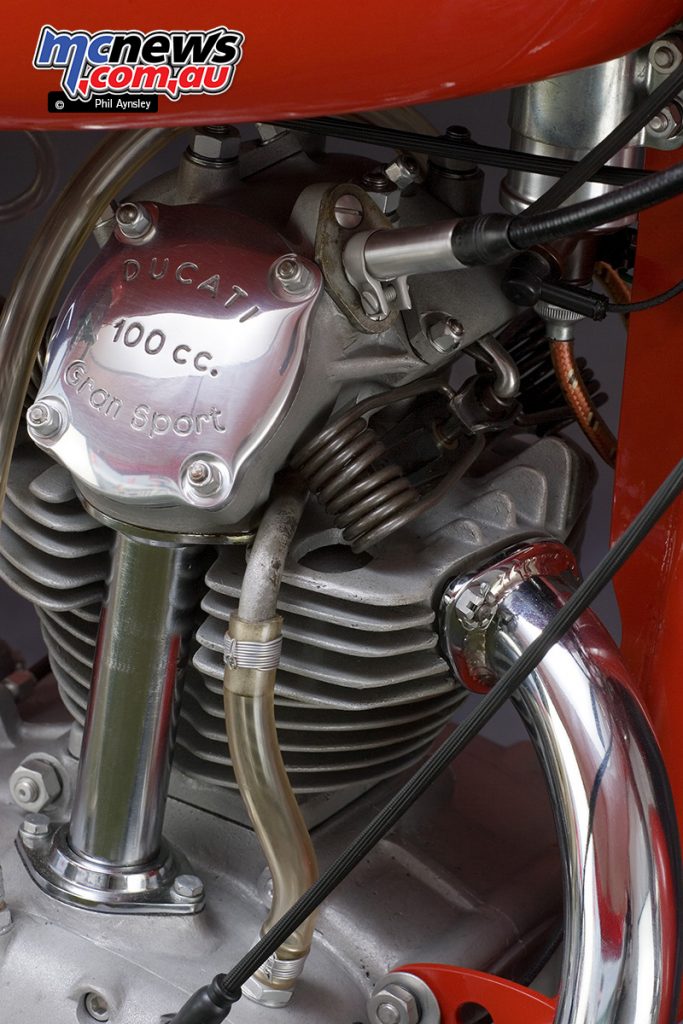
Antoni, along with fellow Gran Sport riders Franco Villa (2nd) and Italo Fantuzzi (3rd), plus Bruno Spaggiari on a 98 Sport (4th) all finished in front of the 125cc class bikes. 28 of the 37 Ducatis completed the 3400km event.
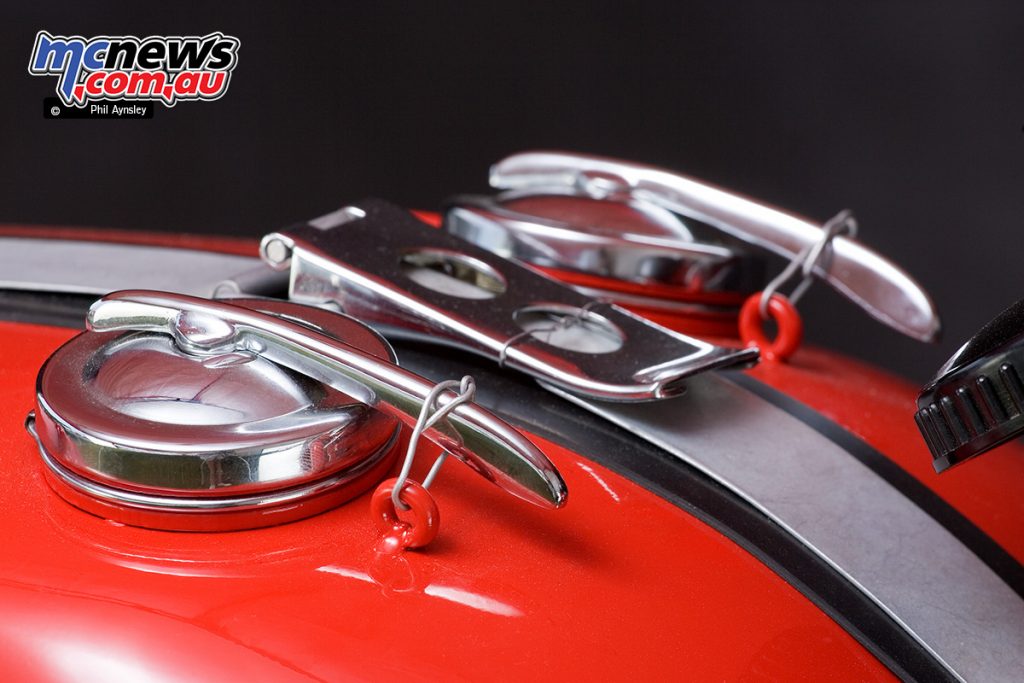
Only ten days after the Giro the Gran Sport was entered in its first circuit race at Imola with a 1-2-3 finish in the 100cc class!
For the major long-distance race of the year, the Milano-Taranto, Taglioni had a surprise in store – a 125cc version of the Marianna. This bored out version of the 100 was the first Ducati to feature an over-square bore/stroke.
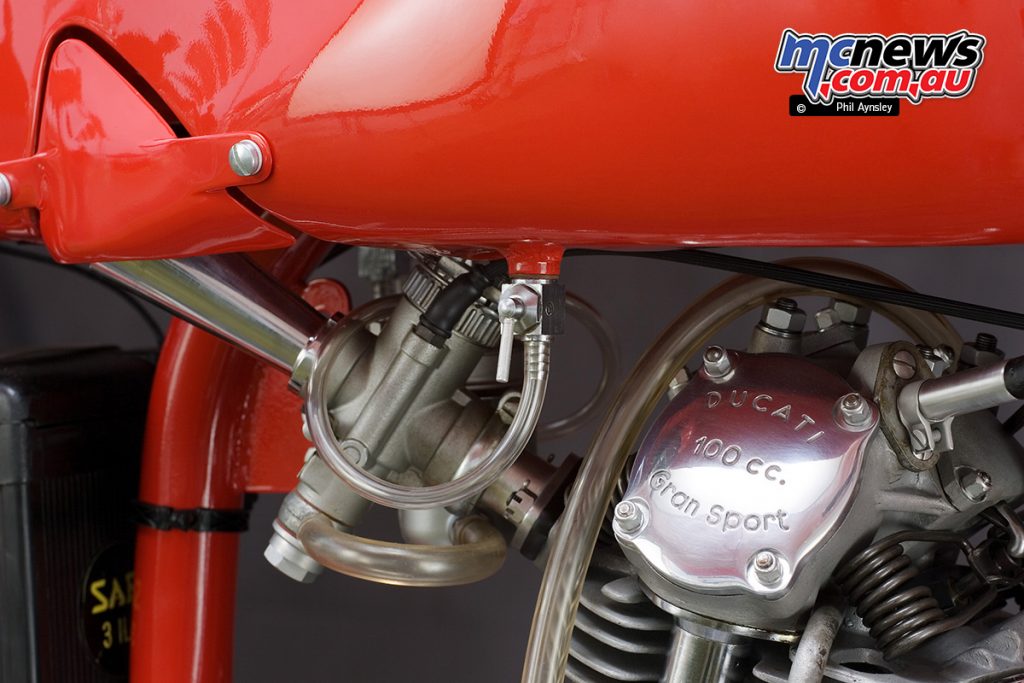
Antoni won the 100cc class (and finished 15th outright against such bikes as the winning 500/4 GP Gilera) averaging 103.1kph over the 1,400km course. Giuliano Maoggi won the 125cc class on his 125 Gran Sport.
The 100 Gran Sport (actually 98cc), originally made 9.5hp at 9,000rpm at the crankshaft (8hp at the rear wheel) and weighed 80kg. Top speed was 130kph. The 125’s figures were 12.5hp at 9,800rpm and 85kg.
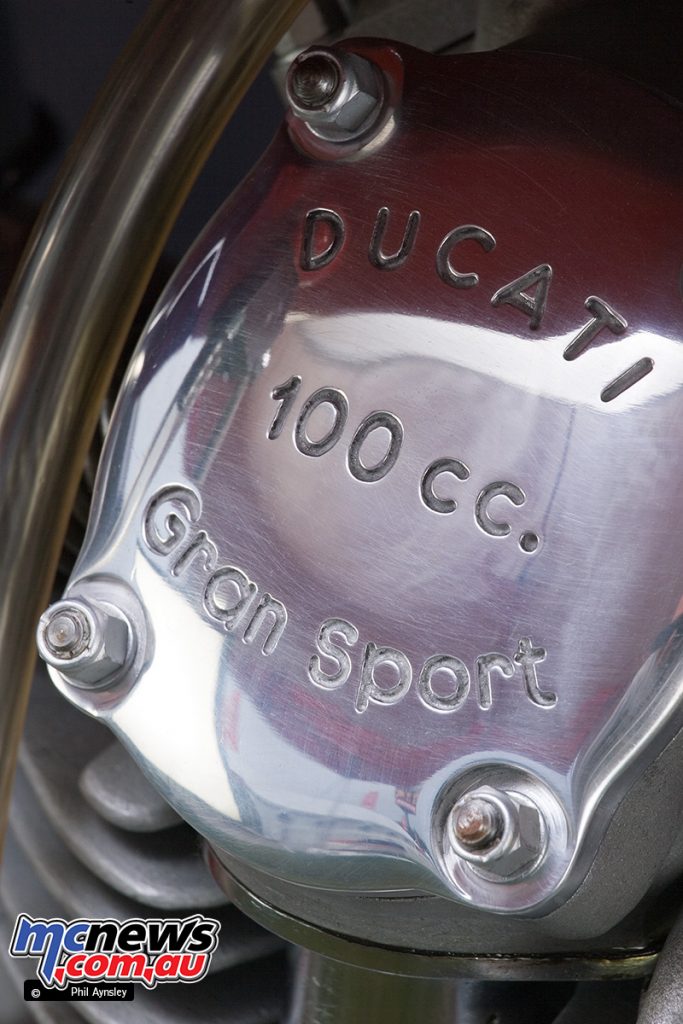
By 1956 the 100 was up to 12hp and the 125 to 14hp – good enough for a top speed of 150kph. Due to the Italian sports machine regulations (and for the night sections of the Milano-Taranto) Grans Sports came standard with lights, horn and generator and were a catalogue racer, available to oder.
Such was the dominance of the 100 that the class was scrapped after the 1956 season (with Mariannas again winning the 100 and 125cc classes in both the Giro and Milano-Taranto.
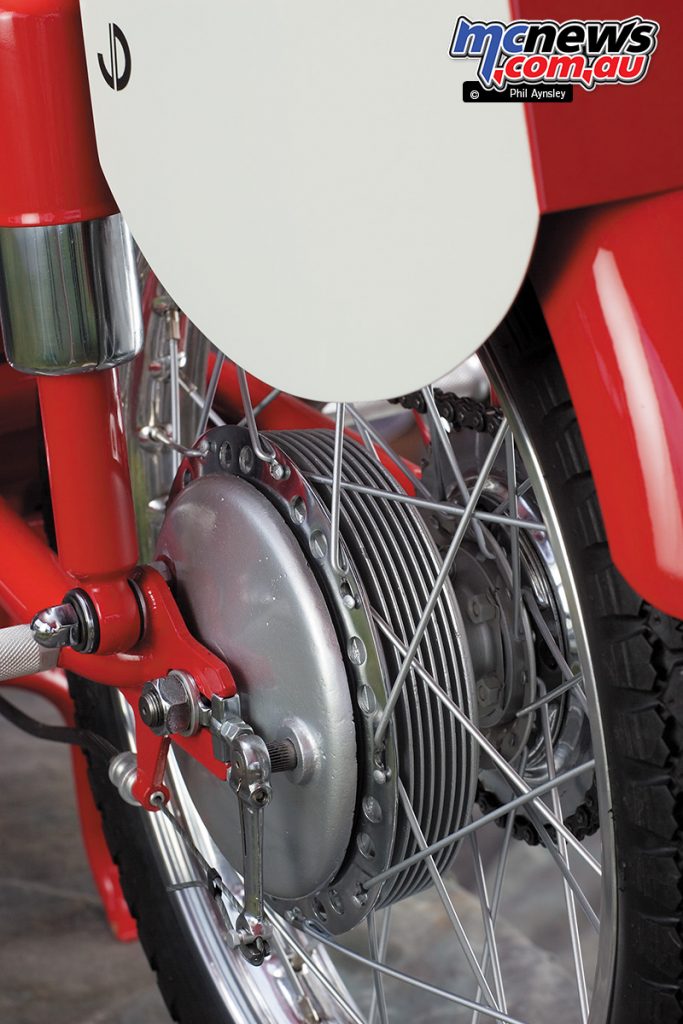
Following the cancellation of the long-distance races for 1957 (and thereafter) the next major success came late in 1957 when 125 Gran Sports filled the first three places outright in the Barcelona 24 hour race. The following year it was the top five places!
From 1957 the 125 Bialbero (DOHC) and Desmo took over factory racing duties, although Gran Sports continued to be campaigned by privateers for years to come.
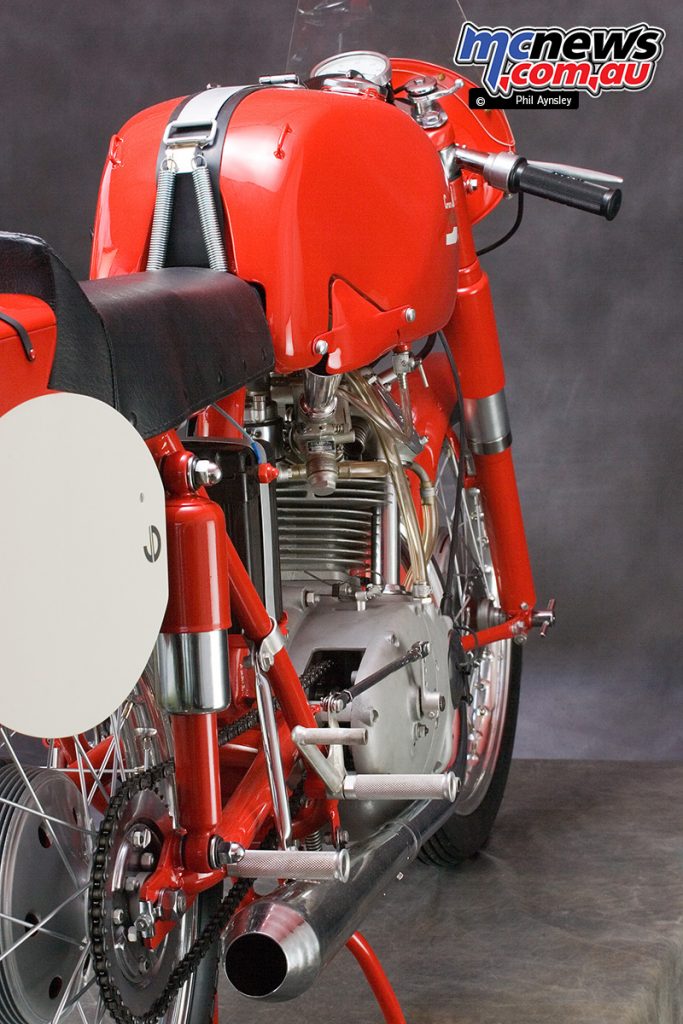
Despite being designed as a pure racing machine it was intended that the Gran Sport would form the basis of a range of production bikes, and as a result the motor was designed to be easily enlarged to 125 or 175cc.
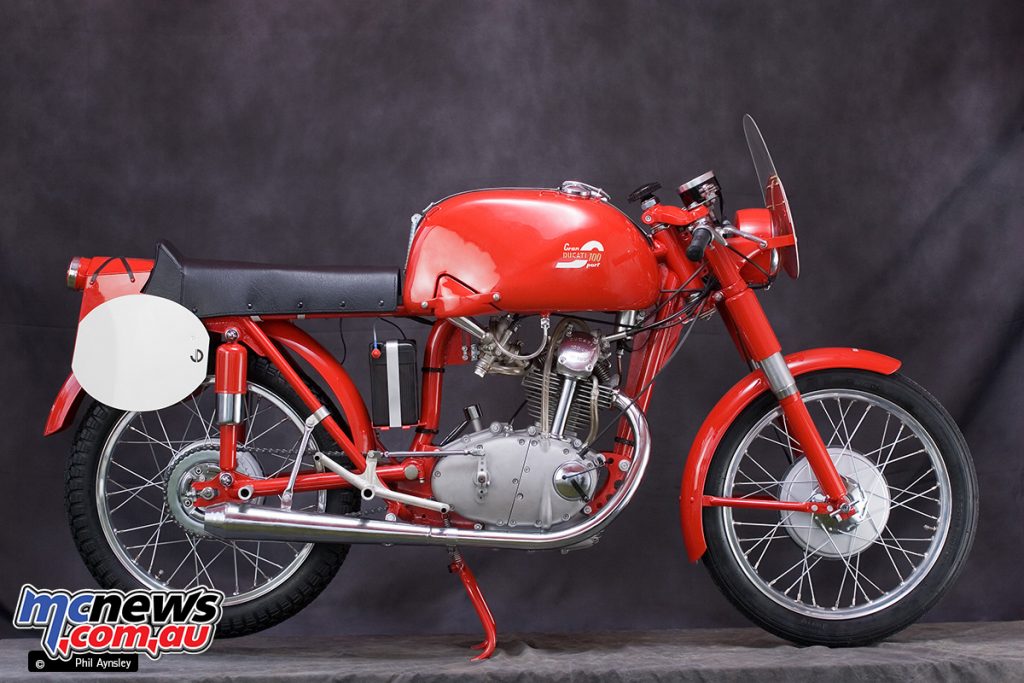
The same bottom end was fitted to bikes up to 203cc and, with modifications over the years, the motor’s basic design was used in singles up to 436cc. Indeed the famous Ducati bevel twins were fundamentally two singles on a common crankshaft – so Taglioni’s 1954 design continued until the 1000 Mille of 1985.
